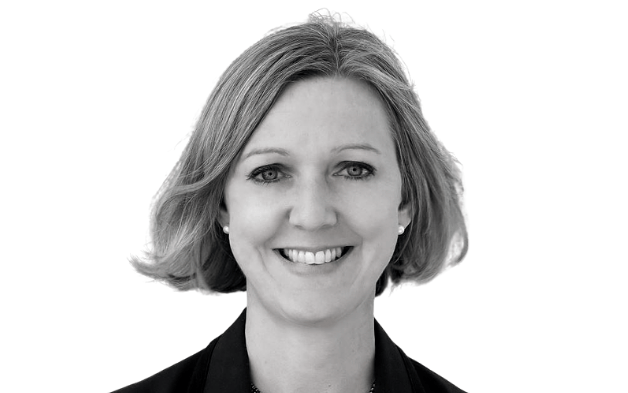
The Swedish AP1 will nearly double its alternatives allocation in the coming months with plans to invest up to $1.5 billion in hedge funds for the first time.In the past year, the SEK202 billion ($28 billion) Forsta AP-Fonden (AP1) has accomplished an organisation and investment-process reorganisation centred around more focus on strategic asset allocation.
In addition to encouraging a longer-term focus, this has had a number of effects including a move away from active management, and so a benchmark, focus; a reduction in staff and costs; and an emphasis on fewer and better funds manager partnerships.
As part of this, AP1 is now looking for up to three hedge fund partners to manage between $1 and $1.5 billion, with the type of investment strategy and vehicle dependent on the partner.
Ossian Ekdahl, head of communications and ESG at AP1, says the fund has decided to increase the alternatives allocation from about 6 per cent to “something higher, which might be up to 10 per cent”.
The alternatives portfolio includes real estate, private equity, hedge funds and opportunistic investments (in 2009 these included credit and fixed income opportunities arising out of the financial crisis).
Ekdahl says by engaging hedge funds the fund is looking to diversify the total portfolio, so it is particularly looking for low correlation with equities and bonds, but it has no preconceived ideas of investment strategies.
“We want our hedge fund partners to help us with investing in several hedge funds and build a portfolio of hedge funds. Depending on who it is as to whether it will be a fund-of-funds or AP1 will build its own portfolio,” he says.
The fund is in somewhat of a tender frenzy, with submissions for a strategic hedge fund partner to close at the end of the month, a request out for a global custodian (the incumbent is BNY Mellon); and a tender for an ethical research provider.
The search for a provider of environmental, social and ethical aspects, including advice, is being tendered by the Ethical Council, on behalf and for AP1, AP2, AP3 and Ap4.
The funds do a reasonable amount of collaboration where appropriate, including administration providers, and in this case are looking for a provider of both company analysis and screening as well as advice.
Ekdahl says each fund has different views on how to integrate the research into investments.
There has been some dialogue in Sweden on merging the funds but Ekdahl will not engage, saying it is a question for Parliament.
One of the enduring benefits of the fund’s new investment model, which focuses more on strategic asset allocation than active management of each portfolio, is a reduction in costs.
The organisational change shifts the resources from active management to an increased focus on strategic asset allocation and absolute return, with a strategy committee with representatives from all investment units making strategic decisions.
“There is more collaborative work on asset allocation on an ongoing basis,” Ekdhahl says.
In the process the fund reduced the number of employees from 68 to 43 from the end of 2008 to the end of 2009, and there is an overall aim of reducing management and transaction costs by up to 40 per cent. It also changed its incentive scheme, with variable remuneration linked to the total return of the fund.
“We still manage assets actively in house and externally but more focus, and more importance on strategic asset allocation of investments,” Ekdahl says.
The fund now divides internal management into three different investment units – asset allocation, equities, fixed income and foreign exchange.
About 56 per cent of the total portfolio is managed in house. Within the past year it reallocated the portfolio to increase equities with a greater emphasis on Sweden and emerging markets – it manages both domestic and European equities in house. It will announce some further asset allocation changes at the upcoming half-yearly report in August.
Of the total externally managed assets, almost 90 per cent is managed in six different asset classes: US equities, Japanese equities, Pacific equities excluding Japan, emerging market equities, US corporate bonds and European corporate bonds. The fund hires 15 managers across 20 different management mandates.
The remainder is the alternative investment program which includes real estate, private equity, hedge funds and opportunity investments.
For the year to the end of 2009, AP1 returned 20.2 per cent.
Asset allocation 2009
Asset class %
Equities 58.6
Fixed income 34.7
Alternatives 5.1
Currency exposure 21.6


